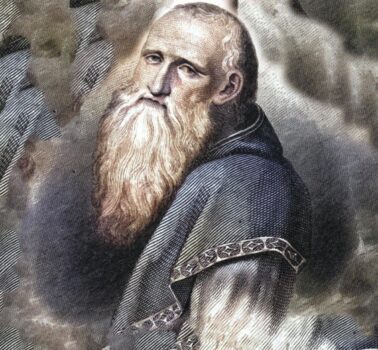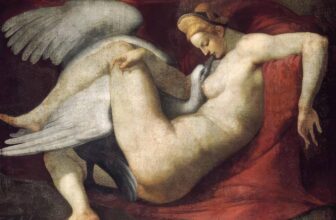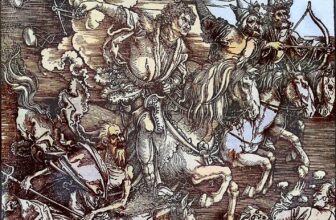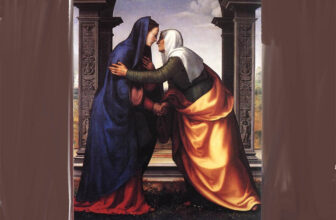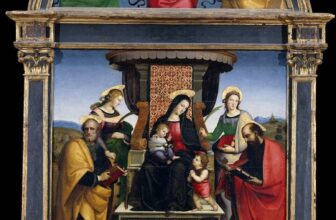Why Some Believe the Mona Lisa Wasn’t Painted by Leonardo da Vinci
The Mona Lisa is arguably the most famous painting in the world, housed in the Louvre Museum in Paris and viewed by millions each year. Traditionally attributed to the Renaissance master Leonardo da Vinci, this enigmatic portrait has fascinated art lovers and historians for centuries. However, a growing number of art historians and theorists have questioned whether Leonardo was truly the artist behind this masterpiece. This skepticism stems from stylistic inconsistencies, historical ambiguities, scientific discoveries, and alternative attributions. Could it be that Mona Lisa was not painted by Leonardo da Vinci? This article explores the various theories and evidence that challenge the traditional attribution.
The Traditional Attribution to Leonardo da Vinci
The Mona Lisa, also known as La Gioconda, is widely believed to have been painted between 1503 and 1519. According to historical records, the portrait is said to depict Lisa Gherardini, the wife of a wealthy Florentine merchant. The painting is celebrated for its lifelike realism, masterful sfumato (a painting technique that creates soft transitions between colors and tones), and, of course, the subject’s enigmatic smile.
Vasari, a 16th-century Italian historian and artist, credited the painting to Leonardo in his famous work Lives of the Most Excellent Painters, Sculptors, and Architects. Many scholars accept this attribution without question, citing similarities between the Mona Lisa and Leonardo’s other works, as well as his documented expertise in capturing human expression.
Yet, despite this long-standing belief, various alternative theories have emerged, challenging the assumption that Leonardo was the true creator of the Mona Lisa.
Stylistic Inconsistencies and Artistic Differences
One of the primary reasons some experts question Leonardo’s authorship of the Mona Lisa is the presence of stylistic inconsistencies when compared to his other paintings. Critics argue that the portrait lacks certain signature elements of Leonardo’s work, such as his typical use of anatomical precision and dynamic compositions.
- Brushwork and Technique: Leonardo was known for his highly detailed preparatory sketches and meticulous layering techniques. Some art analysts believe the Mona Lisa appears too refined and lacks the experimental layering seen in other da Vinci paintings like The Last Supper or Saint John the Baptist.
- Composition and Symmetry: While many of Leonardo’s compositions feature dramatic poses and dynamic movement, the Mona Lisa presents an unusually static posture. Some researchers argue that this lack of motion is uncharacteristic of Leonardo’s artistic approach.
- Sfumato Execution: Although Leonardo pioneered sfumato, some critics claim that the soft blending of tones in the Mona Lisa differs from his known works, suggesting the hand of a different artist.
Theories of Alternative Artists
If Leonardo did not paint the Mona Lisa, who did? Several theories suggest that another artist, possibly one of Leonardo’s pupils or contemporaries, might have been responsible for the masterpiece.
1. Francesco Melzi or Gian Giacomo Caprotti (Salai)
Leonardo trained several students and assistants in his workshop, with Francesco Melzi and Gian Giacomo Caprotti (known as Salai) being two of the most notable. Some theorists believe that one of them may have painted the Mona Lisa, possibly under Leonardo’s guidance.
- Melzi: A talented disciple, Melzi inherited many of Leonardo’s works and was considered his most loyal student. Some argue that Melzi could have painted the Mona Lisa using Leonardo’s techniques.
- Salai: Also a close associate of Leonardo, Salai was known for creating imitations of his master’s works. Some believe he could have painted the Mona Lisa as part of a workshop production, rather than an individual masterpiece.
2. Bernardino Luini
Another alternative candidate is Bernardino Luini, a painter from Leonardo’s school whose works bear a striking resemblance to the Mona Lisa. Some researchers argue that Luini’s paintings, particularly his portraits, exhibit the same use of sfumato and serene expressions as the Mona Lisa.
Scientific Analysis and Modern Discoveries
Recent technological advancements have allowed experts to analyze the Mona Lisa using infrared and multispectral imaging, leading to some surprising discoveries.
- Underdrawings and Pentimenti: Infrared scans of the painting have revealed underdrawings beneath the final layers of paint. These sketches show slight compositional changes that some claim are inconsistent with Leonardo’s known working methods.
- Pigment and Material Analysis: Studies of the materials used in the Mona Lisa have shown some deviations from Leonardo’s standard materials, raising further doubts about its authorship.
- Lack of Personal Documentation: Unlike many of Leonardo’s other works, the Mona Lisa is curiously absent from his detailed notebooks, which often contained sketches and studies for his paintings.
Theories Regarding Multiple Versions
Another compelling argument against Leonardo’s sole authorship of the Mona Lisa is the existence of multiple versions of the painting.
- The Prado Museum Mona Lisa: A nearly identical version of the Mona Lisa, housed in the Prado Museum in Madrid, appears to have been painted alongside the original. Some art historians suggest that this version was created by an apprentice in Leonardo’s workshop, raising the possibility that the Louvre’s Mona Lisa was also a collaborative effort.
- The Isleworth Mona Lisa: This alternative version, discovered in the early 20th century, features a younger-looking Mona Lisa and has led to speculation that Leonardo painted an earlier version before the one we see today.
Historical Ambiguities and Mysterious Provenance
Historical records surrounding the Mona Lisa are incomplete and, at times, contradictory. While some documents support Leonardo’s authorship, others create confusion:
- Lack of Commission Records: Unlike other well-documented commissions for Renaissance paintings, there is no clear record of who officially commissioned the Mona Lisa.
- Acquisition by the French Court: The painting’s early history is murky, but it eventually made its way into the French royal collection under King Francis I. Some skeptics argue that its journey from Leonardo’s hands to the French court is not as straightforward as traditionally believed.
A Mystery That Endures
While most scholars continue to attribute the Mona Lisa to Leonardo da Vinci, the doubts and debates surrounding its authorship persist. Stylistic inconsistencies, scientific discoveries, and alternative attributions have led some experts to question whether this iconic masterpiece was truly painted by the Renaissance genius or by someone in his workshop.
Regardless of who painted the Mona Lisa, its allure remains undiminished. The painting’s mysterious smile, artistic brilliance, and enduring controversies continue to captivate audiences worldwide, ensuring that the debate over its true creator will persist for generations to come. Until definitive proof emerges, the question of whether Leonardo da Vinci was the sole artist behind the Mona Lisa will remain one of art history’s most fascinating mysteries.
